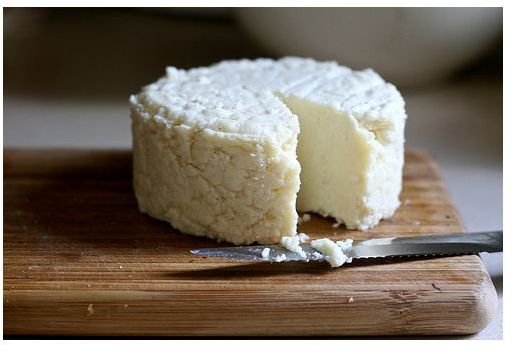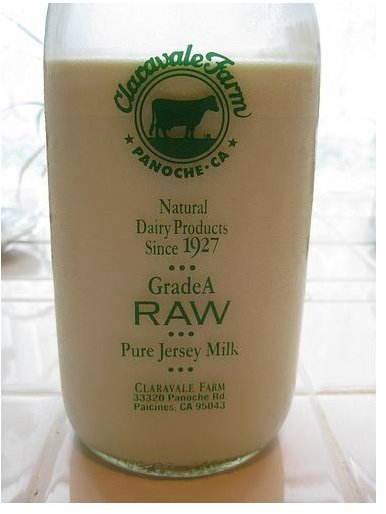Is Raw-Milk Cheese Safe to Eat? Learn About the Health Benefits of Cheese Made with Raw Milk
Milk and Grain Fed Dairy Cows
Milk derived from grain fed cows is not a new phenomenon; every supermarket carries them. The problem is this: when dairy cows are fed grain-based diets, the grains (corn and soy) dramatically affect the pH balance of the cattle, and thereby altering milk production.
When milk production is altered, it means bad news for the dairy industry. Therefore, to aggressively stimulate milk production, dairy cows are given hefty doses of antibiotics and harmful growth hormones. Both stimulants are often linked to cancer. Grass-fed dairy cows, however, are raised on 100% pesticide-free, hormone-free pasture grasses to produce organic raw milk.
The Raw Cheese Controversy
Before running out to buy raw-milk cheese, it’s important to know that raw milk is illegal in many parts of the world due to safety concerns about disease-causing bacteria in the milk. Twenty-eight American states and English Canada have banned raw milk sales but allows sale of raw cheese, provided it’s been aged for sixty days and heated at 2°C.
Artisan cheese producers and supporters of the raw milk industry tout raw-milk cheese as a safer, healthier alternative to regular cheese. The pasteurization process, which kills all bad bacteria, also kills E. coli, listeria, and other pathogens found in milk. Yet, physicians balk at claims that the raw milk cheeses are safe for vulnerable individuals like pregnant women, the elderly, and young children.
Benefits of Raw-Milk Cheese

The term ‘nutrient dense’ aptly describes raw milk. These unpasteurized milks provide a rich source of calcium. It also has high levels of vitamins like vitamins A, D, and E, and a high source of friendly bacteria. Additional benefits of raw milk comes from omega-3 and omega-6 fatty acids, and conjugated linoleic acid, an important immune system booster, and powerful weapon against cancer.
How does Raw Milk Taste?
Raw cheese, for example, tastes markedly different from commercial cheese products. It’s like chalk and cheese, literally! Raw cheeses’ noticeably wholesome, subtle, yet heightened sense of flavor rates higher than regular grain-fed cheeses. The latter is often recognized by its predictable, artificial aftertaste.
Top-quality raw cheeses are unmistakable not only by its deep flavor but also by their smooth and creamy texture. Cheese connoisseurs count the authentic flavors of aged Parmigiano-Reggiano and Cheddar among their favorite selections.
How to Order Your Own
Premier quality milk, cheeses, creams, and butter are sold and shipped directly from the producer, many of whom are listed online. Grocery stores and retail shops do not carry raw milk products. A handful of farmer’s market vendors carry these products.
References
https://www.thestar.com/news/ontario/article/753896--court-approves-raw-milk-co-op
https://products.mercola.com/produce/cheese/
https://www.realmilk.com/healthbenefits.html
Photo Credits
Raw Cheese - https://www.flickr.com/photos/chiotsrun/4072623022/
Raw Milk - https://www.flickr.com/photos/searchyogi/3815641723/
